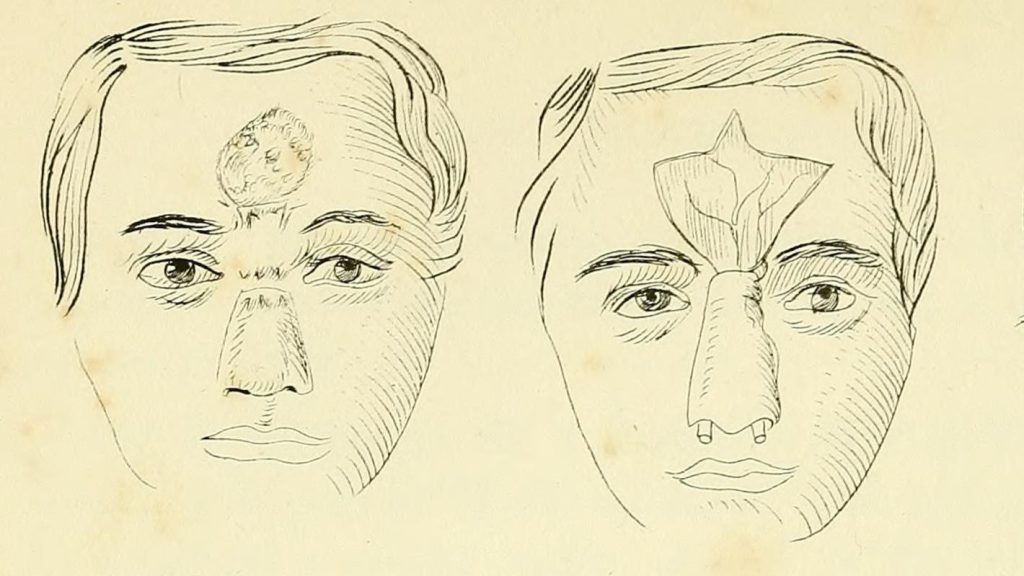In ancient India, unfaithful spouses faced a harsh punishment.
Others are reading now
In ancient India, unfaithful spouses faced a harsh punishment — having their noses cut off.
To help these individuals, an Indian physician named Sushruta developed a surgical method to reconstruct damaged noses around 600 BC.
His technique is described in one of the oldest medical texts, the Sushruta Samhita (Sushruta’s Compendium), as cited by the magazine Historie.
Nasal Reconstruction: An Ancient Practice
Adultery often led to nasal mutilation, usually the removal of the nose’s tip. This punishment created a need for nose reconstruction, and Sushruta’s method became a solution.
Also read
In the Sushruta Samhita, Sushruta explained the qualities of a good surgeon. A skilled surgeon, he said, needed courage, a steady hand, and the ability to use sharp tools without shaking. Surgeons trained for six years, learning anatomy and practicing on vegetables and animal bodies.
How the Procedure Worked
The process started by measuring the missing part of the nose.
The surgeon then used a leaf as a guide to cut a piece of skin from the forehead.
Before the operation, the patient was given wine mixed with cannabis to ease the pain. Once the patient was anesthetized, the surgeon cut the skin flap and sewed it to the damaged nose.
The flap was made from the outer layers of skin, allowing the deeper layers to grow back. To help the patient breathe during recovery, the surgeon inserted two small tubes into the nostrils. The face and the new nose were wrapped in bandages, which were changed regularly. Sesame oil was used to clean the wounds and promote healing.
Long-Lasting Results
Sushruta’s method was effective and used for centuries.
In 1794, The Gentleman’s Magazine wrote about an Indian prisoner of war whose nose was reconstructed using this technique. Ten months after the surgery, only a small scar above the nose remained.

